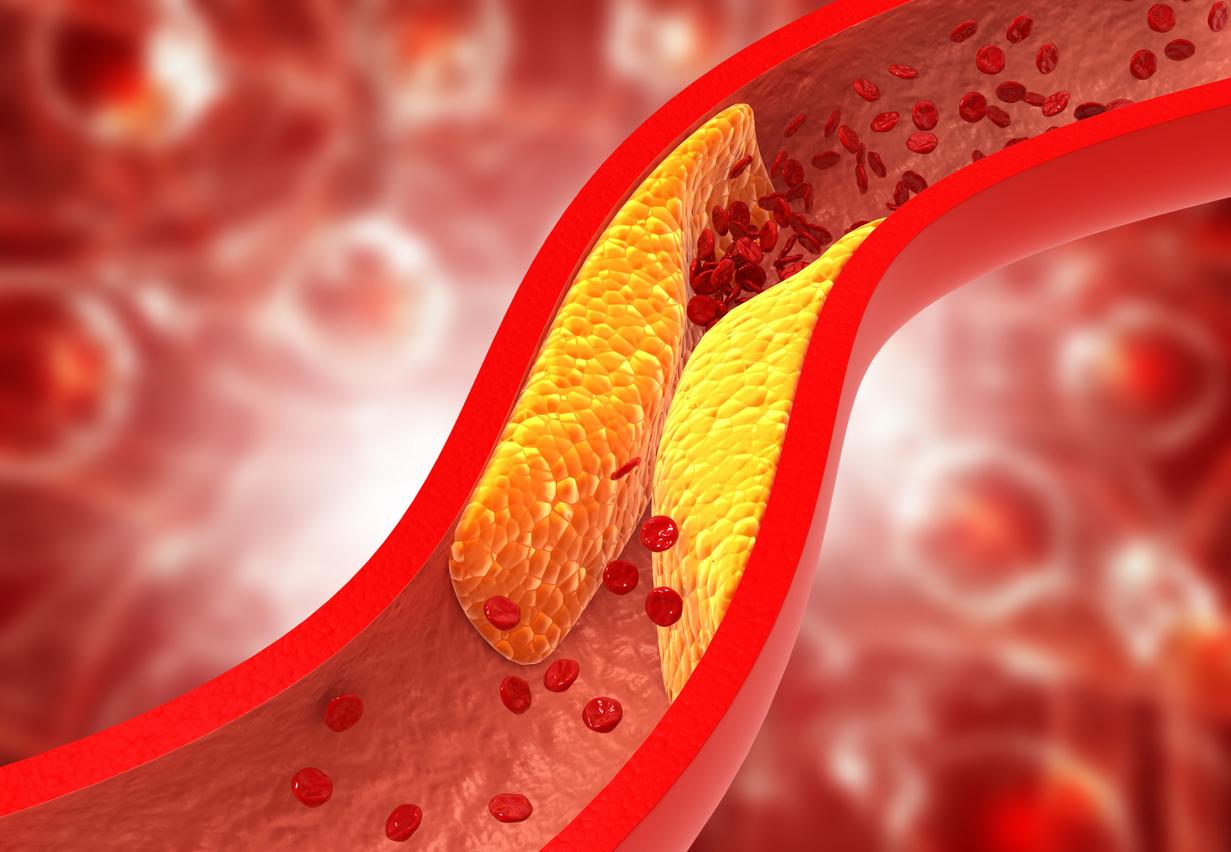City dwellers who live near a park or water source have a lower risk of developing arterial calcification, a major contributor to cardiovascular disease.

- Exposure and proximity to nature in the city are linked to a lower risk of coronary artery calcification.
- This association is even stronger among disadvantaged populations and those of African origin.
- Researchers advise improving access to and quality of natural spaces in cities to help prevent heart disease.
Parks and bodies of water are good for the heart. A study conducted by Northwestern University, published in the journal Trafficshows the existence of a link between exposure to nature in an urban environment and a lower risk of calcification of the coronary arteries which is a marker of cardiovascular disease. And this beneficial effect is even more pronounced on disadvantaged populations and people of African origin.
Nature in the city: it’s good for the heart
For this study assessing the link between urban natural spaces and heart health, researchers followed 2,960 Americans for 25 years. During medical visits, the calcification rate of their coronary arteries was measured. To assess participants’ exposure to parks and bodies of water, the team assessed the amount of water presented, the distance to the nearest river, the percentage of green space coverage, and the distance to the nearest park based on their residential address.
Data analysis shows that exposure and proximity to nature in the city are linked to a lower risk of coronary artery calcification. “The associations were more pronounced among African Americans and people living in neighborhoods of lower socioeconomic status, with the strongest effects observed among black individuals living in economically disadvantaged neighborhoods.”write the authors in their communicated.
In detail, African-American volunteers with the greatest accessibility to a river had a 32% lower risk of coronary artery calcification compared to those living far from a water source. If they lived near green space, they had up to a 35% lower risk of calcification. For every 10% increase in green space, the risk of coronary artery calcification decreased by an average of 15%.

Why do green spaces and water features improve health?
Why is nature good for the hearts of city dwellers? Dr. Lifang Hou, who worked on the study, offers an explanation:
“Having more green space and bodies of water can provide more opportunities for physical activity, social interaction, stress relief, and restoration, all of which have been linked to better metabolic and cardiovascular health. Additionally, exposure to green and blue spaces (water) has been shown to strengthen people’s immune systems, reduce chronic inflammation, and slow the biological aging process, all of which are biologically important for people’s overall health and cardiovascular health.”
While further research is needed to understand the protective role of urban natural environments on human health, the scientist recommends improving the accessibility and quality of green spaces and bodies of water in cities to combat disparities in heart health linked to origin and neighborhood.

















